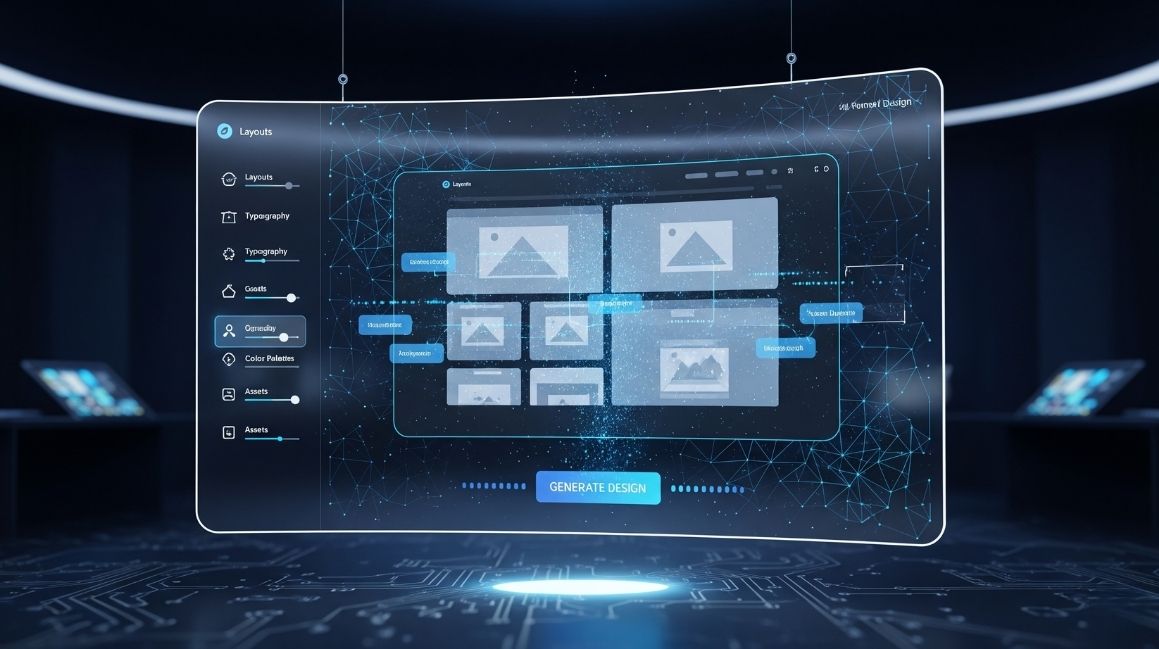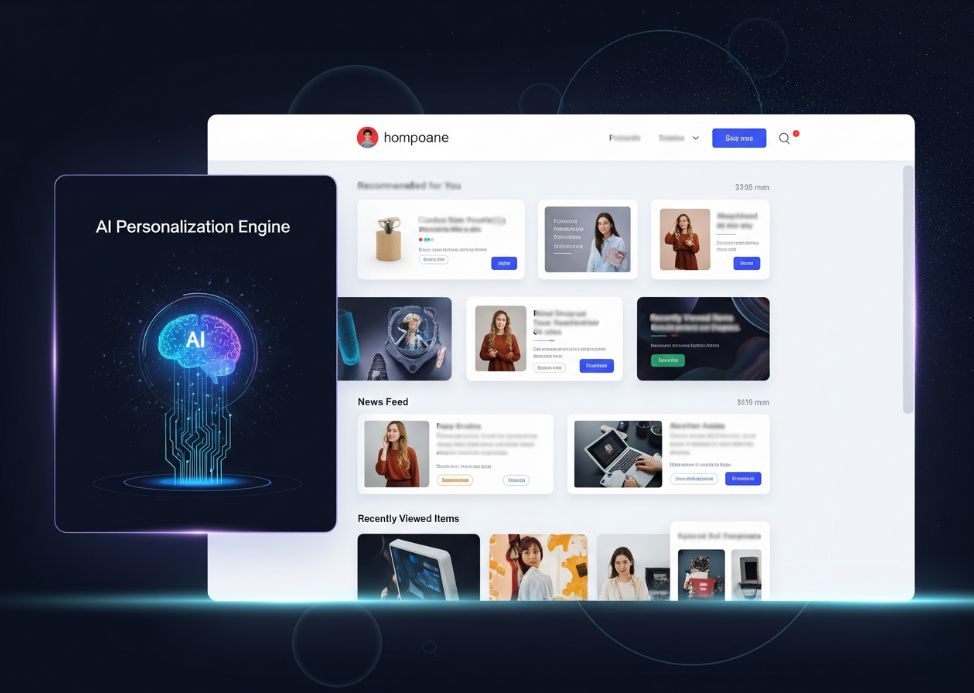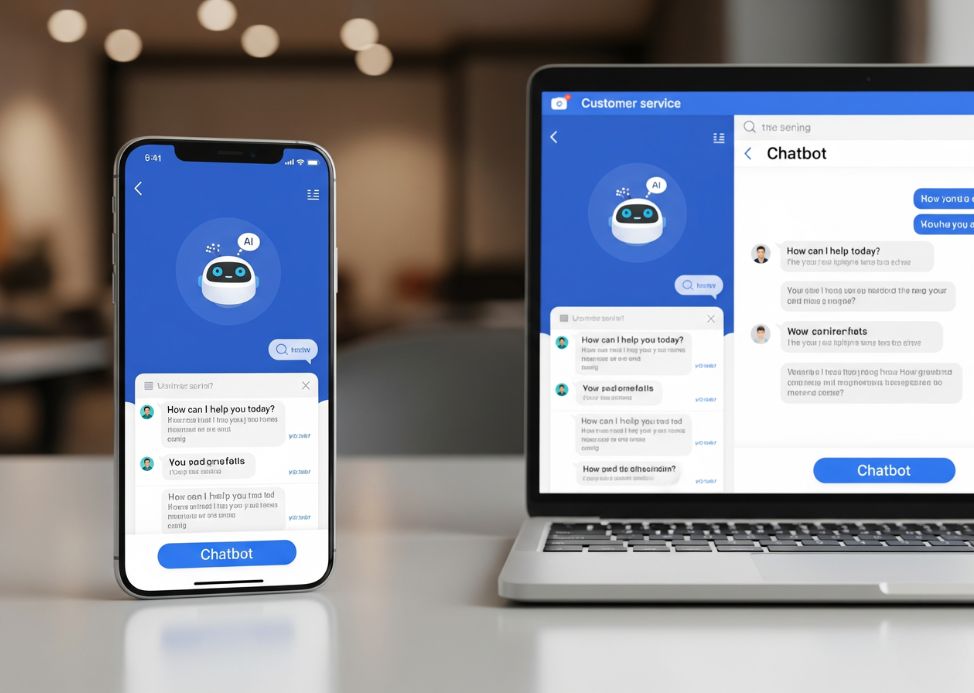
Introduction

Smarter Website Design for Better User Experiences
In the past, design decisions relied heavily on a designer’s intuition and user testing that could take weeks. Today, AI powered tools analyze user behavior in real time and suggest improvements almost instantly. For example, if most visitors overlook a button, AI can highlight this pattern, allowing teams to reposition or restyle it quickly. This removes much of the uncertainty and helps websites align with actual visitor habits.
AI is also transforming personalization. Instead of every visitor seeing the same content, AI can adjust what appears on a page based on browsing history, device type, or even time of day. A returning customer might be shown recommended products, while a new visitor is introduced to the brand story and key trust factors. This approach allows businesses to deliver relevant experiences at scale.

Faster and More Efficient Development
On the development side, AI is streamlining coding processes. Automated tools can now generate snippets of code, detect errors, and suggest fixes before issues appear on a live site. This shortens project timelines and reduces the likelihood of bugs. For businesses, it translates to lower development costs and fewer delays.
Testing is also undergoing a major shift. Instead of waiting for users to report problems, AI can simulate thousands of browsing sessions across devices and browsers. This ensures websites are more reliable and provides smoother experiences for visitors.

AI in Website Management and Growth
AI is not limited to design and coding. It also plays a key role in website management and growth. Modern analytics platforms powered by AI now do more than display numbers. They highlight trends, predict user actions, and suggest practical steps to increase conversions. For instance, if visitors frequently exit a pricing page, AI might recommend adjusting the language, layout, or call to action placement.
Customer service is another important area. AI powered chatbots can handle common questions instantly while passing more complex issues to human support staff. This approach improves response times without overwhelming support teams and keeps customers satisfied.

What This Means for Your Business
For business owners, the message is clear. AI is not replacing web designers or developers, but it is reshaping their roles. Instead of focusing on repetitive tasks, creative teams can invest more time in strategy, branding, and storytelling, areas where human insight remains unmatched.
Companies that adopt AI driven web practices in 2025 will gain a competitive advantage. They will benefit from faster websites, smarter design choices, and user experiences that adapt to individual needs. Those that delay risk falling behind in a digital environment that is advancing more quickly every year.
